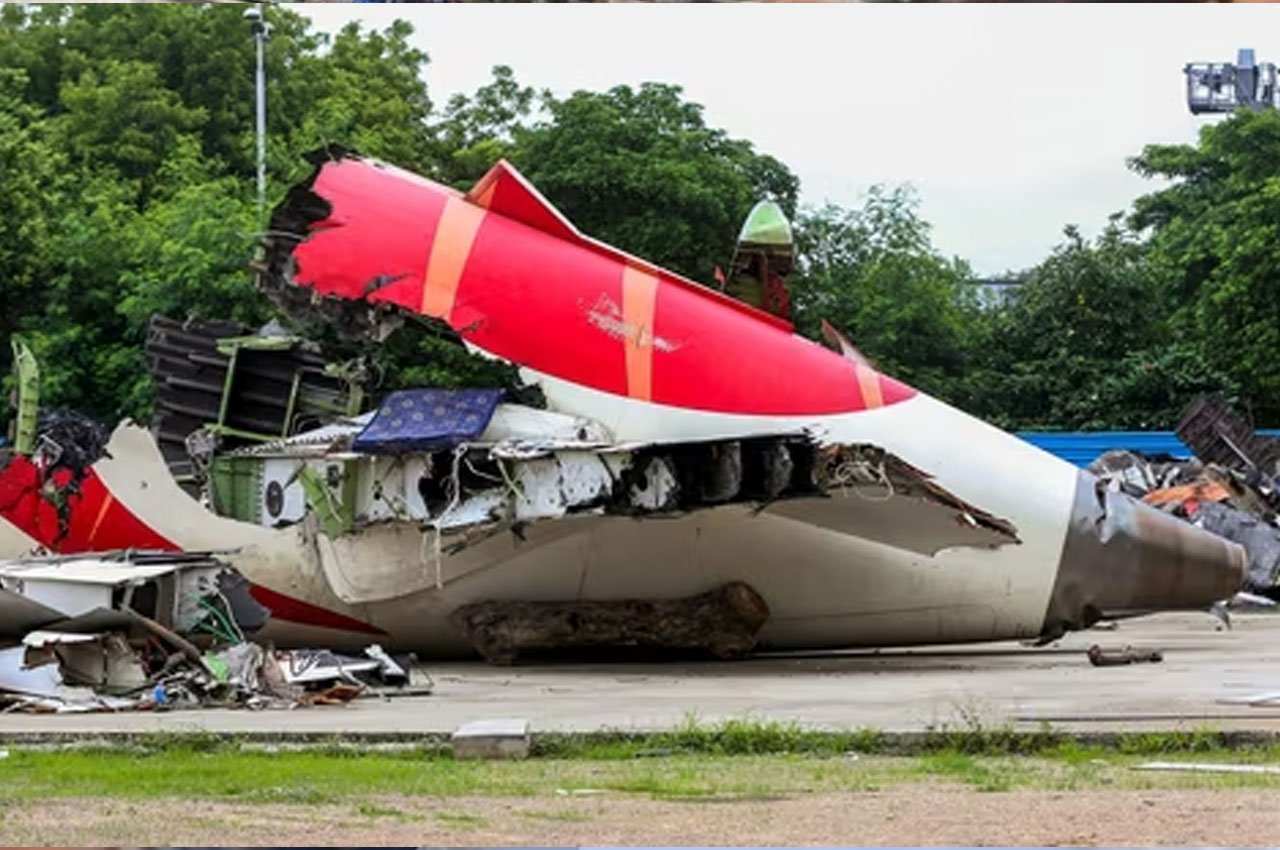In the wake of the tragic Air India Express crash in Ahmedabad, which killed 241 of the 242 people on board, a debate is now raging over what, or who was responsible. While a preliminary report from the AAIB (Aircraft Accident Investigation Bureau) hinted at pilot error, leading to widespread speculation, aviation experts and pilot unions are calling for restraint. They insist that before assigning blame in the Air India crash, the investigation must be allowed to unfold transparently and thoroughly. Anything less risks clouding the truth.
Premature Blame Undermines Credibility
The early findings suggest that both engine fuel control switches were inexplicably moved to “cutoff”, causing a catastrophic loss of power. A snippet from the cockpit voice recorder, where one pilot allegedly asks, “Why did you cut off?” – has become the centerpiece of online discussions and media headlines.
But therein lies the problem. A few lines from a still-confidential black box recording cannot paint the full picture of what unfolded in those critical seconds after takeoff. Was it a technical failure, an accidental move, or a systemic breakdown? Nobody knows yet – and pretending we do is not just irresponsible, it’s dangerous.
Pilot Unions Push Back Against ‘Insensitivity’
Leading aviation bodies like the Indian Commercial Pilots’ Association (ICPA) and the Airline Pilots’ Association of India (ALPA) have strongly condemned what they see as speculative and insensitive suggestions of pilot suicide or gross negligence. These are, after all, professionals with thousands of flight hours, regular mental health checks, and lives of their own.
In their public statement, ICPA warned that “unfounded allegations of pilot error” without hard evidence were not only disrespectful to the deceased crew but also harmful to aviation safety overall. Rushing to pin blame, they argue, sets a precedent that might deter transparency and open reporting within the industry.
History Repeats, If Lessons Are Ignored
India has been here before. The 2020 Kozhikode crash also saw a rush to blame pilots, only for follow-up investigations to expose poor infrastructure, flawed airstrip design, and systemic oversight failures. Focusing on human error too early risks ignoring deeper root causes.
In aviation, rarely does one thing go wrong in isolation. Systems are designed with redundancies. So when tragedy strikes, it’s usually a chain of failures – some human, some mechanical, and often institutional. The AI-171 crash must be viewed through this lens.
Investigate with Integrity, Not Impatience
Editorially, it must be said: a fair and credible investigation takes time. Media leaks, half-read transcripts, and emotional soundbites do not substitute for black box analysis, engineering reports, or procedural audits. Investigative agencies must remain objective, resistant to pressure from either the media or political quarters.
Equally, families of the victims deserve clear answers, but not hastily drawn ones. Their pain should compel investigators to be meticulous, not impulsive.
The Role of Media and Public Discourse
The media must reflect, too. Aviation disasters are understandably high-profile, but coverage must balance urgency with responsibility. When speculation becomes the story, it risks misleading the public and politicizing a tragedy.
This is not to say difficult questions shouldn’t be asked, they must. But let them be guided by facts, not headlines.
Let the Truth Fly on Its Own Wings
As the AI-171 probe enters its critical stages, one thing is clear: don’t let speculation take off before the facts land. The price of a rushed narrative may not just be reputational – it could cost the opportunity to prevent the next crash.
Let investigators do their job. Let pilots not be prejudged. And let the final word be written only after all the facts are in.
For more opinions click here
Follow us for latest updates:




